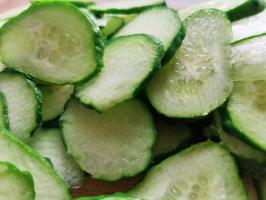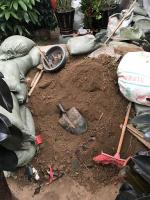Is it Good to Mist Weed Plants?
As cannabis cultivation continues to rise in popularity, so too does the attention to its growing and maintenance techniques. Mist spraying has traditionally been a common technique used by growers to provide additional humidity, both to enhance the growing environment and to deal with issues of dehydration. But is misting really good for weed plants? In this article, we'll explore the potential benefits and drawbacks of misting your cannabis plants.
The Benefits of Misting Weed Plants
When utilized properly, misting can have a multitude of benefits for weed plants. One of the most significant benefits of misting is that it can provide additional hydration to the cannabis plants, especially during hot and dry weather. This is particularly relevant in regions that experience low humidity levels, which tend to dry out the leaves of the plant, leaving it susceptible to disease and pests.
Another advantage of misting marijuana plants is that it can improve the growing environment by increasing humidity levels, especially when combined with other growing techniques. Misting can create a microclimate around the plants that provides a more hospitable growing environment, even when the surrounding humidity levels are low. This allows the plants to grow faster and can even improve the quality of the final product.
The Drawbacks of Misting Weed Plants
There are several drawbacks to misting weed plants that growers need to take into account before opting for this technique. One of the most critical factors is the susceptibility of the plants to fungal and bacterial growth. Excess moisture around the plant leaves and buds can cause the development and spread of mold and mildew, which can seriously impact the health and yield potential of the cannabis plants.
In addition to the risk of mold development, misting can also lead to water accumulation around the soil and root area of the plant. This can suffocate the plant roots and compromise the plant's overall health. For this reason, growers need to monitor the frequency and timing of their misting technique to ensure that they don't oversaturate the plants with water.
When to Mist Weed Plants
So when should growers mist their weed plants? The frequency and timing of misting will vary based on a variety of factors, including the stage of growth, the humidity levels in the environment, and the type of growing system being utilized. As a general rule, it's recommended to mist the plants during the vegetative stage of growth, when the plants are developing their leaves and stems. During the flowering stage, growers should minimize misting as the plants become more sensitive to moisture and changes in humidity levels.
It's also important to monitor humidity levels in the environment to ensure that they're not too high or too low. If the humidity levels are too low, then misting can help improve the growing environment for the plants. If the humidity levels are already high, then excessive misting can increase the risk of mold and mildew development. In these cases, growers may want to consider alternative techniques, such as dehumidifiers, to control the humidity levels.
Conclusion
Misting can be a useful technique for cannabis growers looking to improve the growing environment for their plants. By providing additional hydration and humidity, growers can enhance the quality and yield potential of their weed plants. However, it's important for growers to be mindful of the potential risks associated with misting, including the risk of mold and mildew development, and to monitor the frequency and timing of their misting technique carefully.

 how many times do yo...
how many times do yo... how many planted tre...
how many planted tre... how many pine trees ...
how many pine trees ... how many pecan trees...
how many pecan trees... how many plants comp...
how many plants comp... how many plants can ...
how many plants can ... how many plants and ...
how many plants and ... how many pepper plan...
how many pepper plan...































